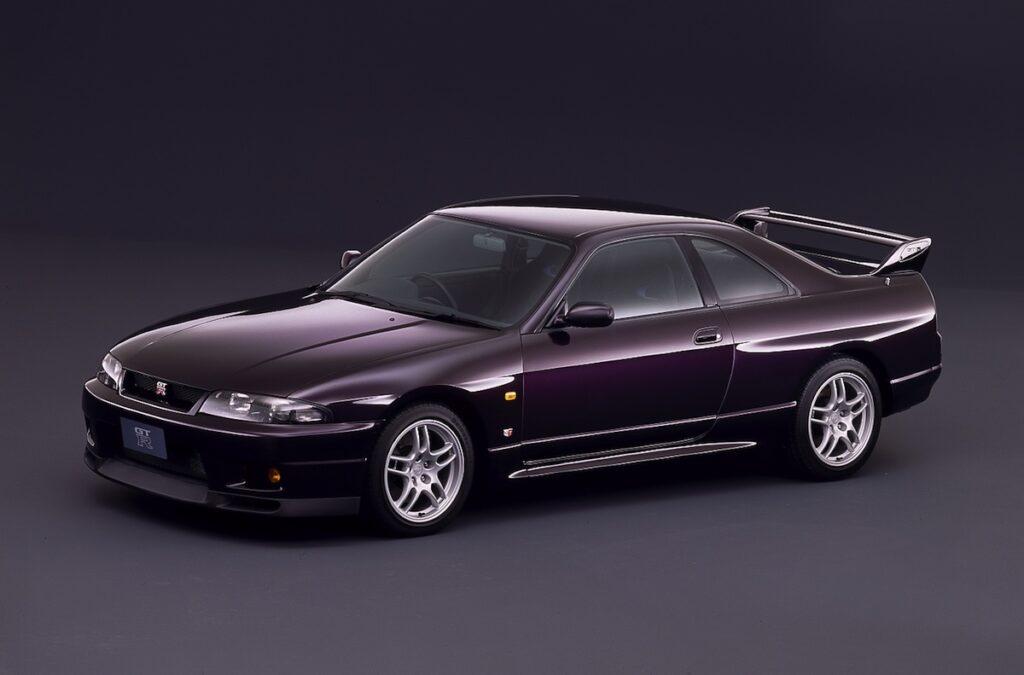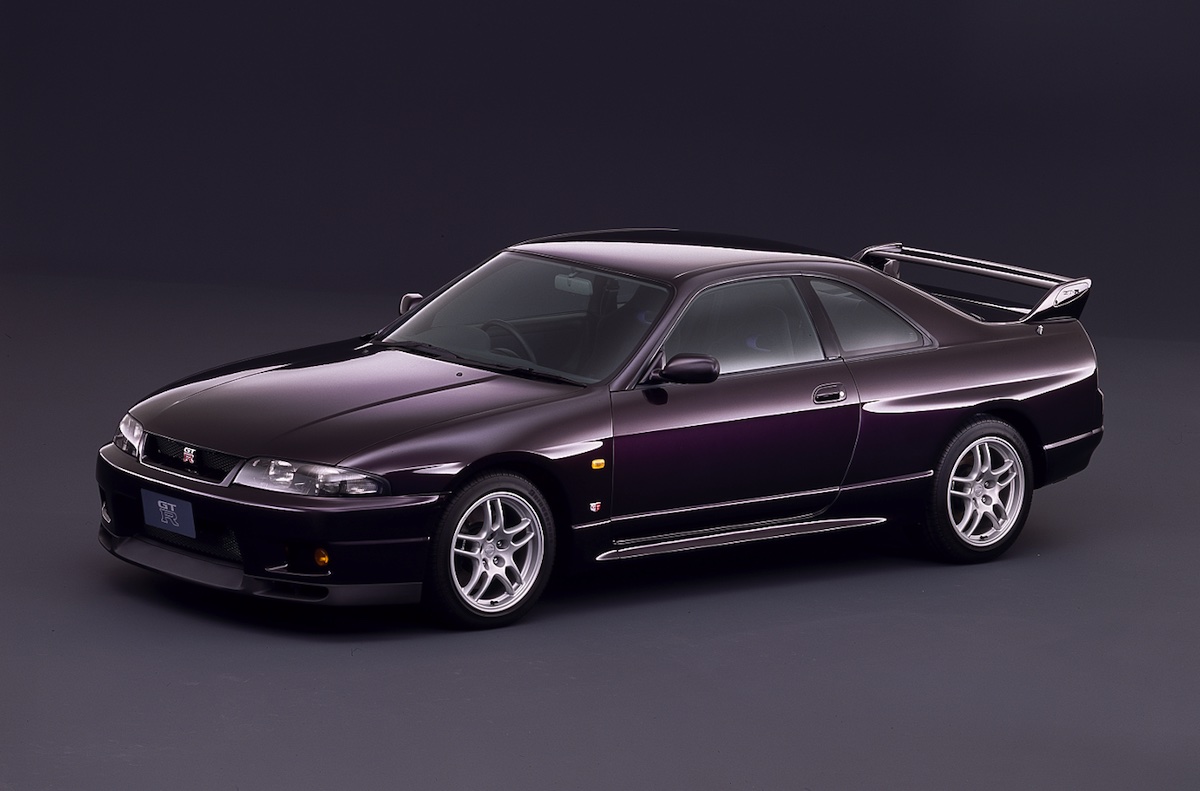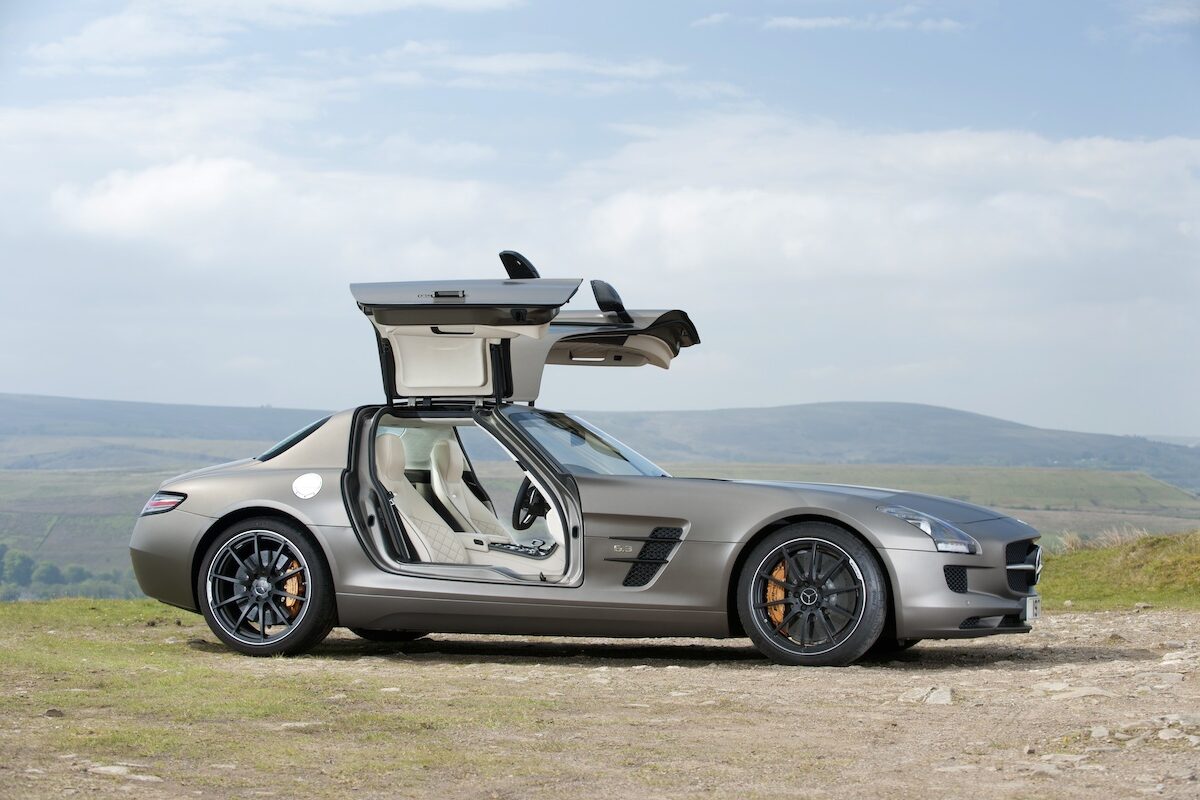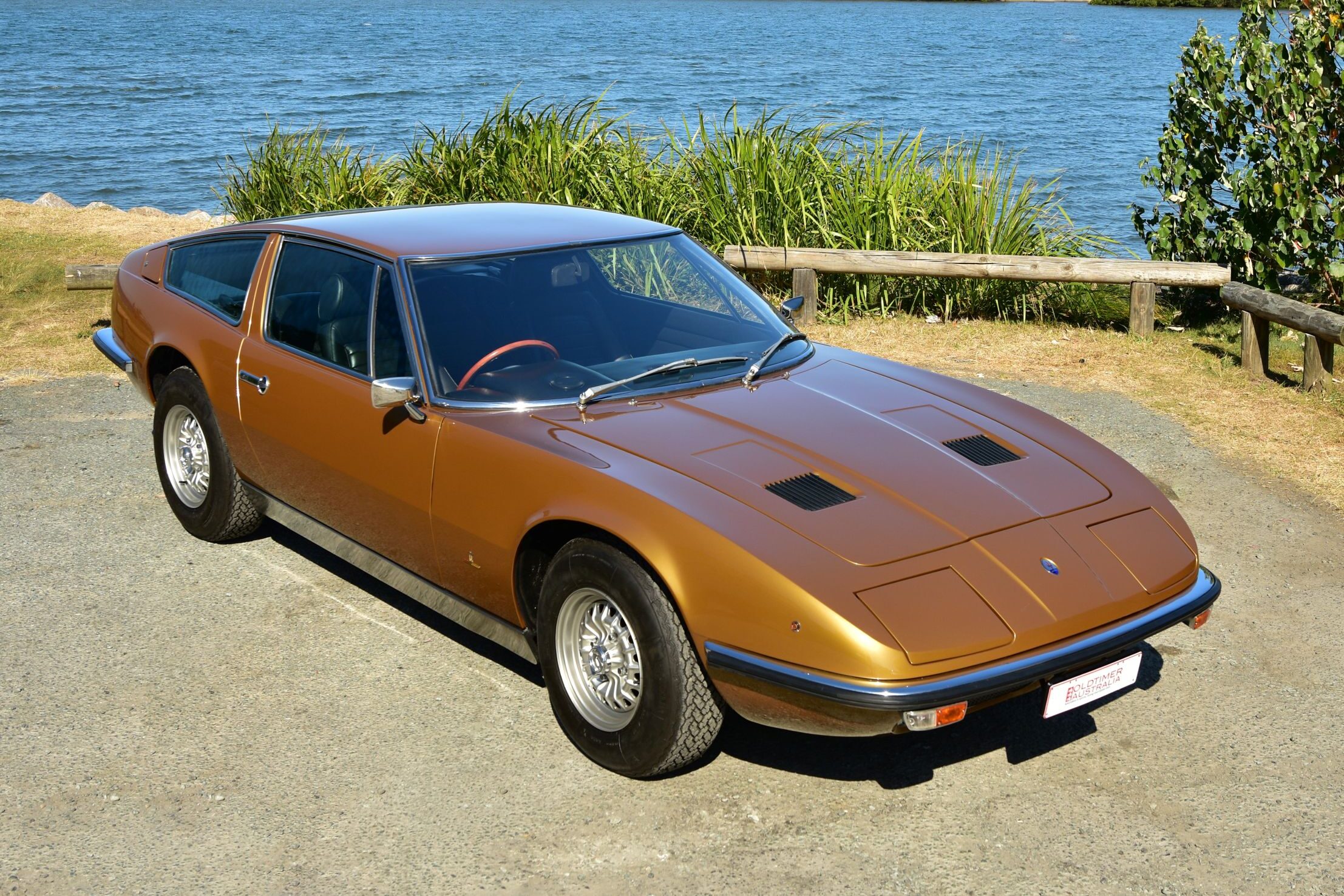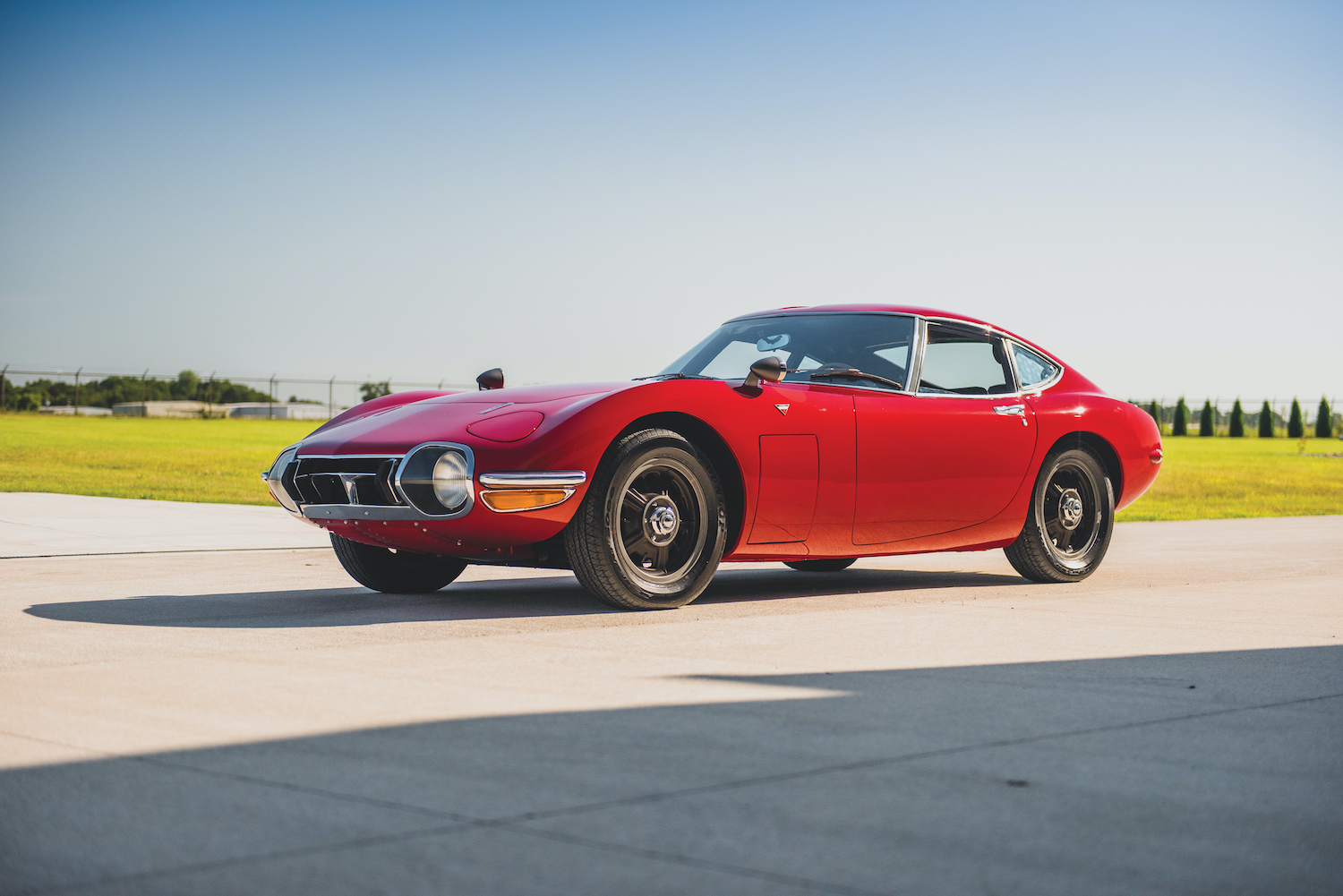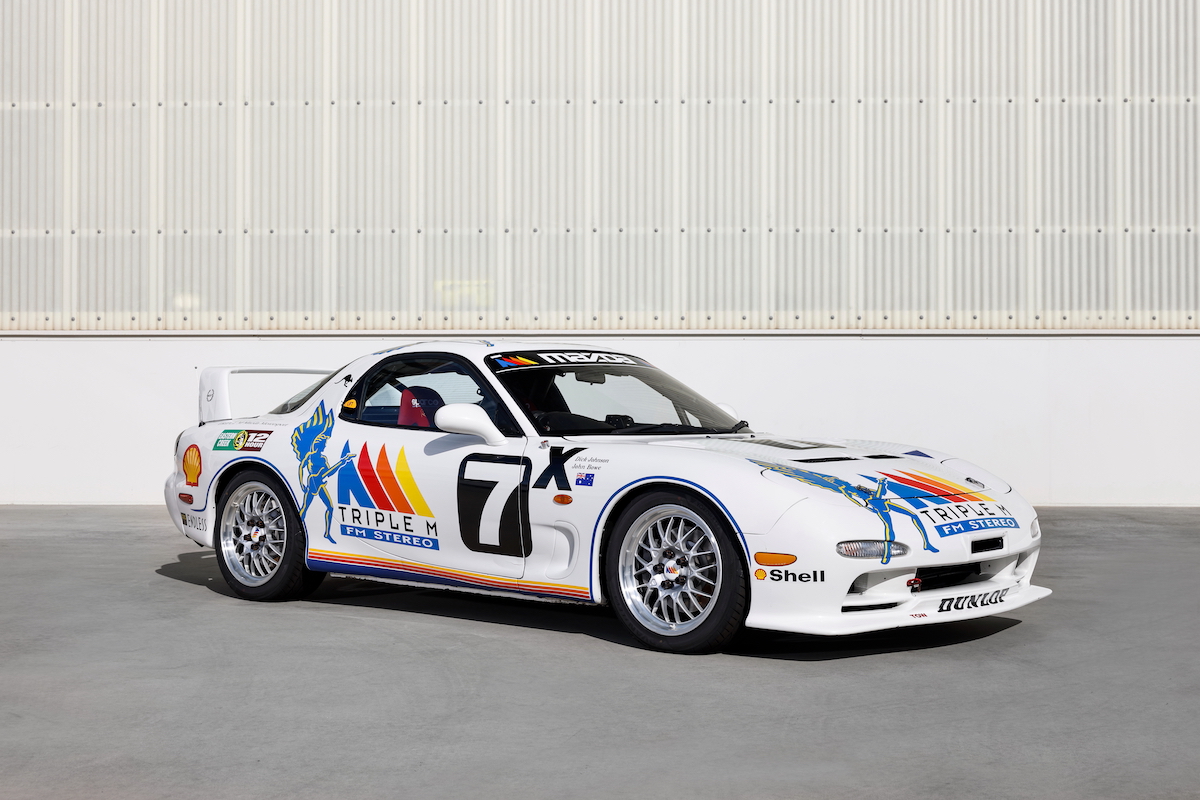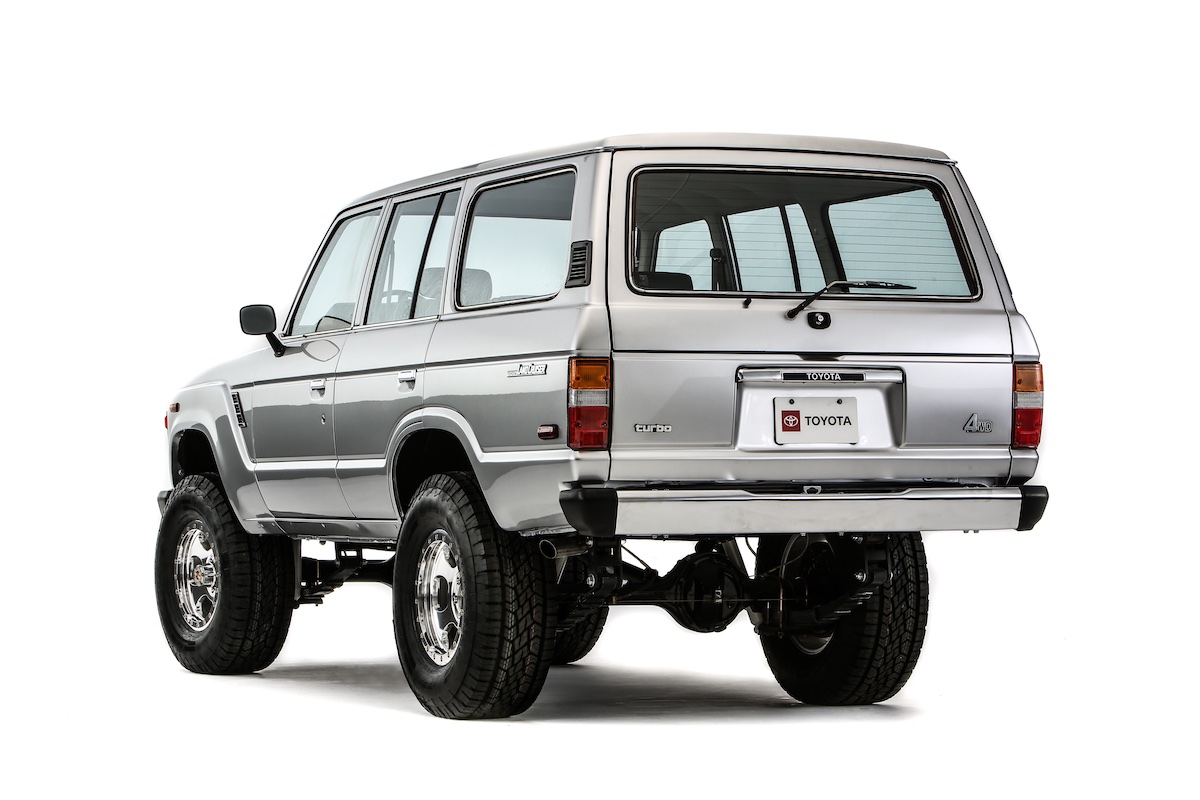Few cars produced during the past 50 years have been more influential or controversial than Nissan’s all-wheel drive supercar the Skyline GT-R, aka ‘Godzilla’.
The GT-R wrote its way into Australian motoring folklore with its dominant performances in the Australian Touring Car Championships between 1990-1992, winning three consecutive ATTCs in the hands first of Jim Richards and later Mark Skaife.
So dominant were the turbocharged all-wheel drive Nissans throughout this period that eligibility rules were changed to exclude them from competing in the 1993 season. Similar changes occurred in Japan after GT-Rs won consecutive Group A Championships from 1990-93.
Curiously, despite the R32’s domination on Aussie racetrack, Nissan Australia struggled to sell the 100 examples it imported to Australia in 1991, a move which made Australia the only country outside of Japan where the GT-R was sold.
Aussie consumers just couldn’t get their heads around the idea of a $110k Nissan, despite the fact the car offered similar performance to a Porsche 911 Carrera which cost around $166k at the time.
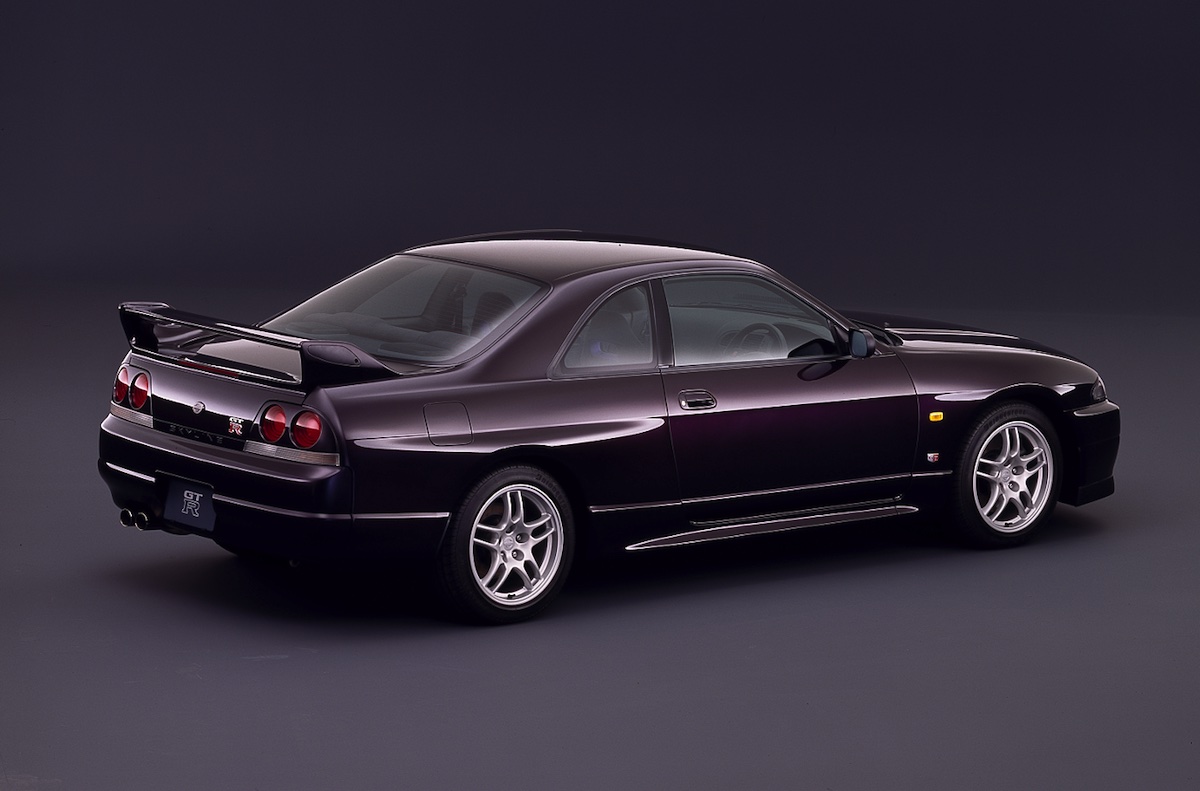
No surprise then that when the second generation R33 Series GT-R was launched in Japan in January 1995, some 18-months after the basic R33 Skyline, Nissan Australia kept its hands firmly in its pockets, meaning the R33 was never officially sold here.
Nevertheless, several-hundred to possibly a few thousand R33’s eventually made it here through grey/private import schemes, so they are a not entirely uncommon sights on Australian roads.
The R33 was a longer and wider car than the R32 and rode on a longer wheelbase but in two-door form was still eye-catching and purposeful with a distinctive aero kit said to deliver 12 percent more downforce at 161km/h.
At the heart of the beast was Nissan’s awesome RB26DETT twin-turbo straight-six engine, a 2.6-litre inline six-cylinder fed by intercooled sequential turbochargers. Official engine output was the Japanese car industry’s famously conservative 206kW (nudge-nudge, wink-wink), but more realistic estimates put it in the 260-270kW range.
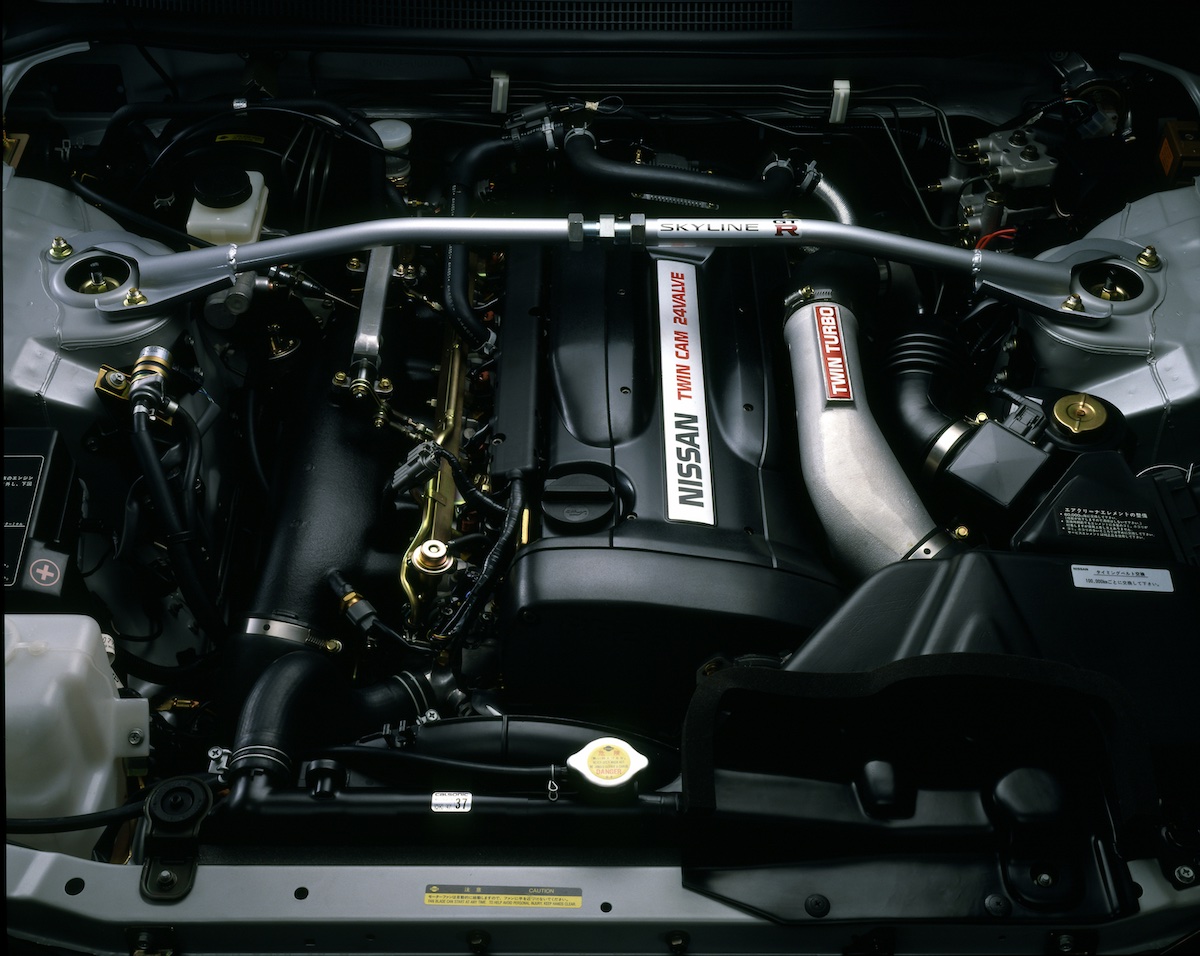
Power was sent to the tarmac via a revised five-speed manual transmission and, on V-Spec variants Nissan’s succinctly-named ATTESA (Advanced Total Traction Engineering System for All-Purpose Interconnected) all-wheel-drive system. The V-Spec also added lower and stiffer suspension and an active limited-slip rear differential, a combination which endowed the R33 with famously limpet-like grip.
Even while carrying 100kg of extra weight, some of it due to extra body strengthening including strut braces at both ends, the R33 came within a few tenths of matching the lighter R32’s blistering acceleration, with both models capable of breaking 13.5 seconds for the 0-400 metre dash.
But where the R33 really shone versus the R32 was with the engine’s improved flexibility and mid-range torque, thanks to a slight increase in boost pressure. Put to the test on a flying lap of the famous ‘Green Hell’ of Germany’s Nürburgring, the R33 bettered its predecessor’s lap time by more than 20 seconds.
With its extra 155mm of wheelbase, the R33 was also able to offer a longer and slightly wider cabin than the R32. With that change came also changes to spring and damper rates on the base (non-V-Spec cars), turning the second incarnation of Godzilla from racetrack terror to somewhat compliant tourer.

As impressively muscular and purposeful as the R33’s exterior styling was, the cabin remained decidedly Nissan mass-market passenger car spec. The interior is certainly fresher and more cohesive than that of an R32 but it lacks the heavily bolstered sports seats found in rival Mitsubishi’s Evo, or the distinctive dash of a Supra RZ.
Sure, the R33 had all the requisite instruments but mounted as they were within the main dash pod these were small and difficult to read, especially at full warp.
The driving position is better than the R32, too, and the seats grip a bit firmer but they’re not in the league of dedicated Recaro or Stratos buckets, which are often fitted as aftermarket inclusions, along with a smaller, more tactile steering wheel. Overall, the interior feel of an R33 is dark and plasticky but functional.
In stock form, the R33’s suspension was biased slightly in favour of ride quality, with the lower and firmer V-Spec setup available for drivers who wanted something sportier. Wheels were now 17-inch standard with 18s optional.
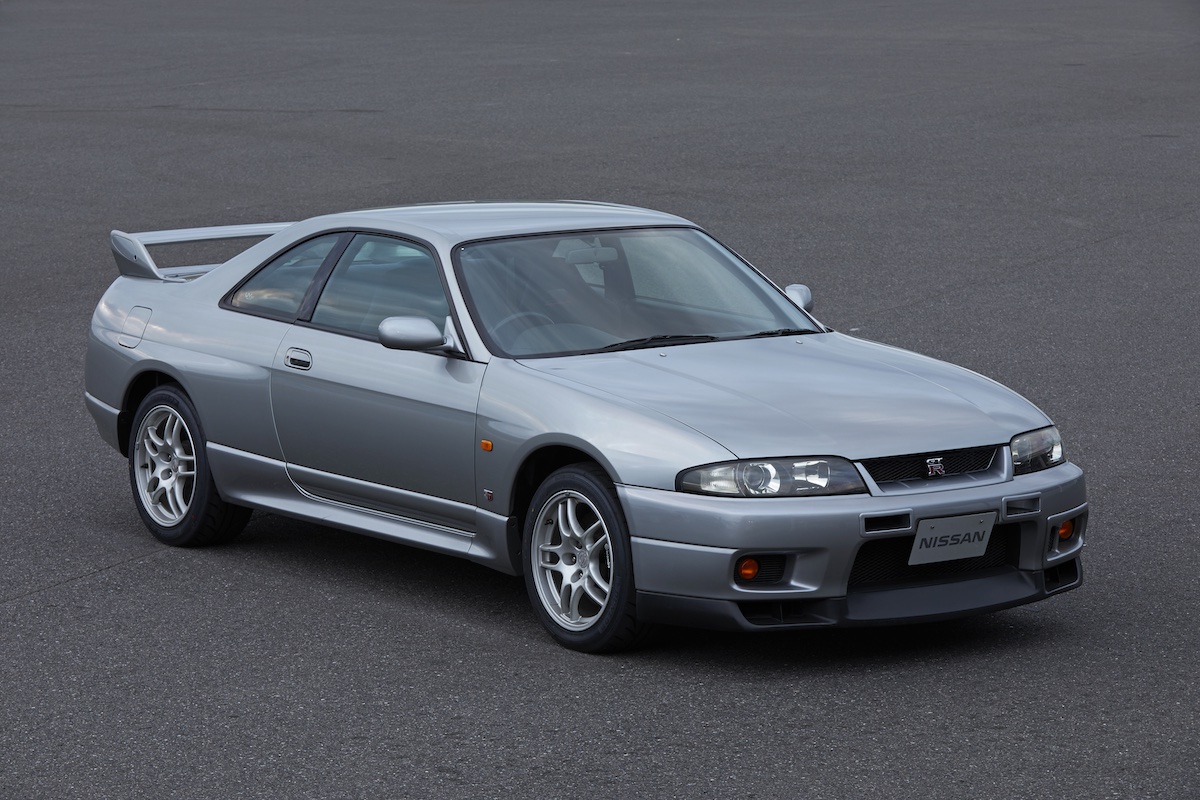
In addition to the ATESSA ET-S all-wheel drive system, V-Spec R33s also featured Super-HICAS four-wheel steering which would move the rear wheels by up to 7 degrees for added control when cornering. The system was developed to work with the R33’s advanced all-wheel drive system, improving overall vehicle stability and grip on various road conditions. The system reportedly functioned above 40km/h, but some cars have it disconnected.
The Japan-only R33 GT-R sold in smaller volumes than the R32, with total production reaching 16,688 units, including 6751 of the enhanced V-Spec cars. These in turn spawned several highly collectable limited editions including the very valuable 400R, an exclusive NISMO model of which only 44 were built.
Cars originally painted in white are the most common R33 GT-Rs, with more than 6500 produced. Midnight Purple is sometimes claimed to be a rare GT-R shade but there were more than 2500 of those built as well. Find one in original Active Red or Black Pearl, though, and the price for these exceptionally scarce cars will be high.
R33s of collector quality will need to tick several boxes including low kilometres travelled, confirmed history, colour and condition. Base level cars typically sell at $60-70,000 and in exceptional condition can reach $100,000. Skyline GT-R V-Specs of similar quality make $120-150,000.
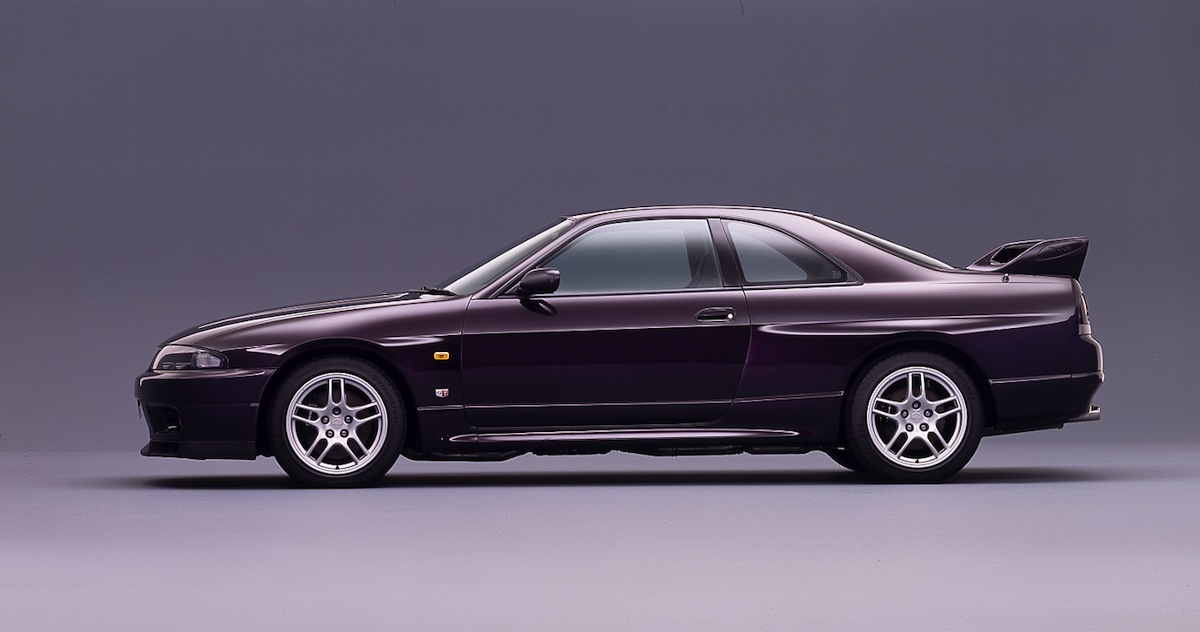
Things To Watch Out For When Buying a Nissan Skyline GT-R R33 (1995-98)
- Uncaring owners are the GT-R’s worst enemy. Be wary of cars with damaged body plastics, scuffed rims and carpark dents.
- If a car has arrived recently from overseas and has no service history, a full check by a performance-car specialist is essential.
- High underbonnet temperatures affect rubber components, so check for coolant leaks.
- High rpm standing starts can destroy the clutch and damage other parts of the transmission.
- Standard Brembo brakes are fine for most levels of use, but competition upgrades are available.
- Ensure the air-conditioning air is chilled not just cool and listen for squealing or whining from the compressor and pulley.
Valuation Timeline: Nissan Skyline GT-R R33 (1995-98)
- 1995: $80,000
- 2005: $58,000
- 2010: $45,000
- 2015: $38,000
- 2020: $52,000
- 2025: $115,000 (R33 GT-R V-Spec)
Retro Rides’ Investment Rating
- 6/10

